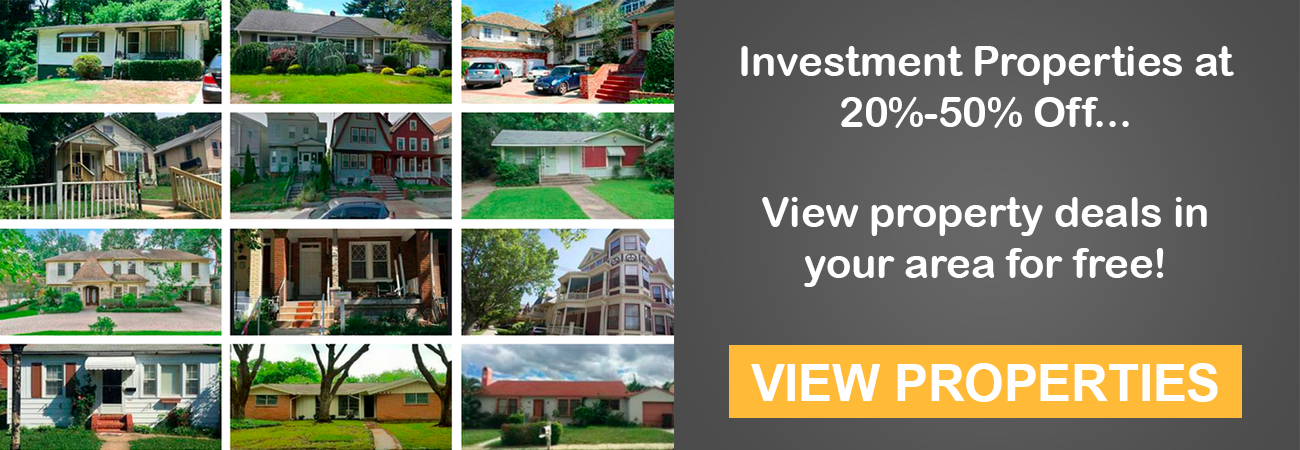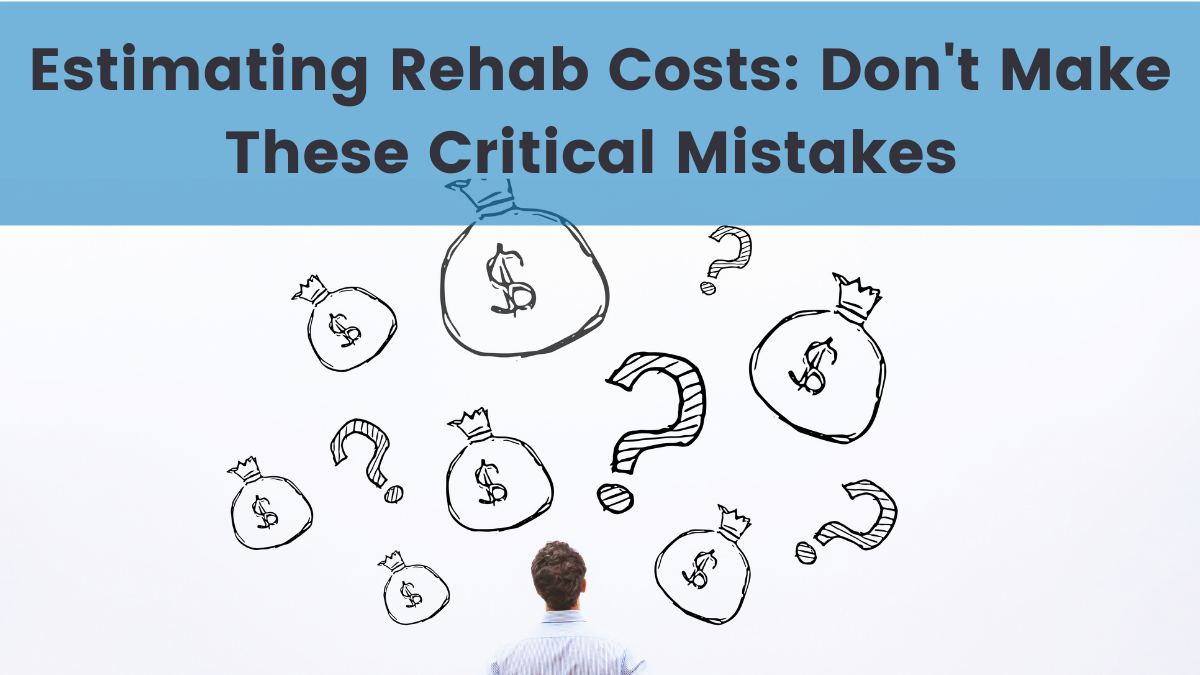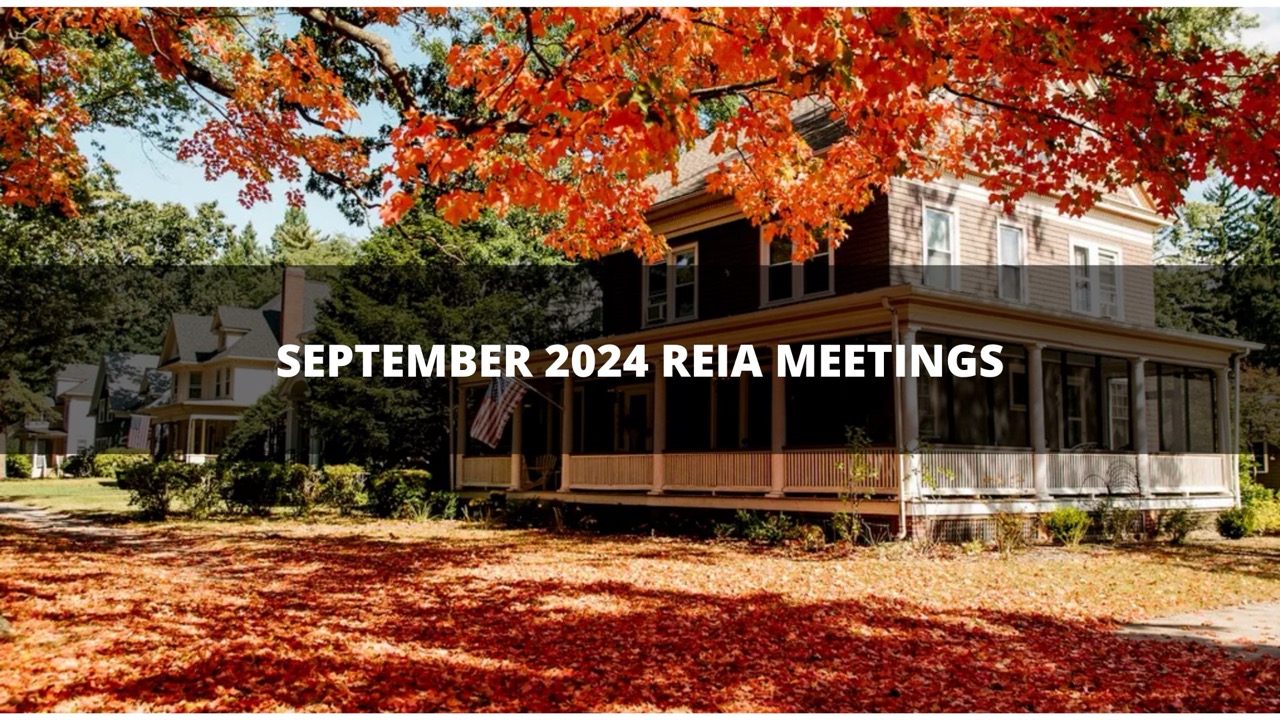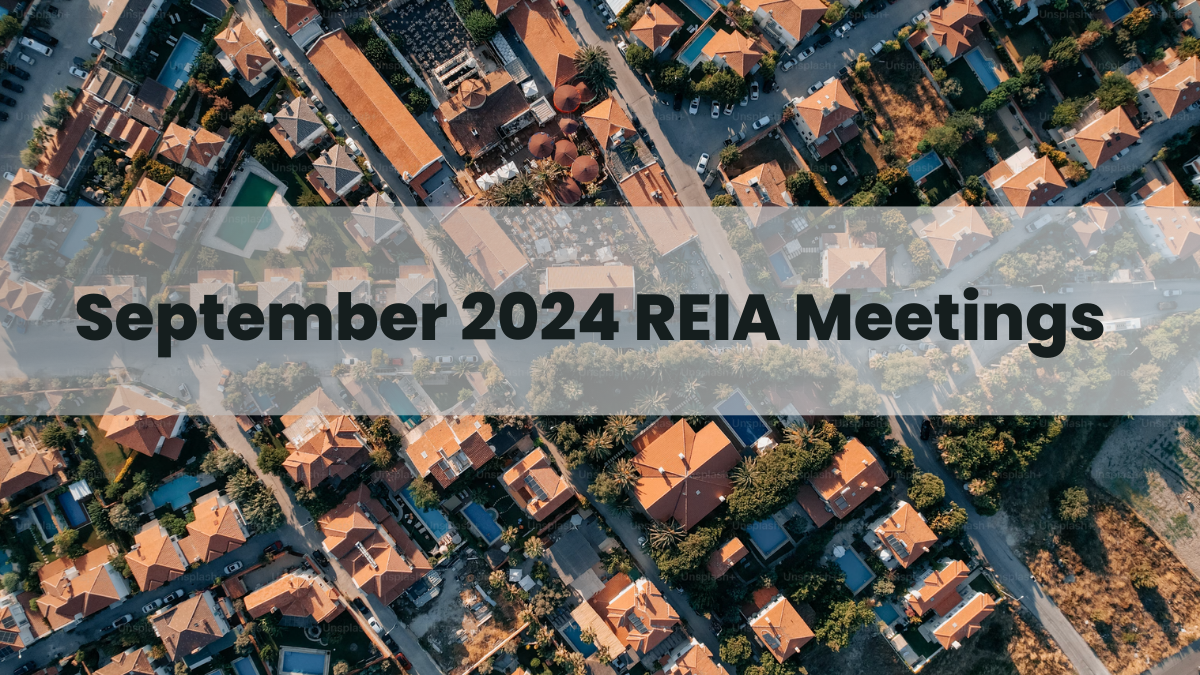How to Estimate Rehab Costs: Don’t Make These Critical Mistakes
Estimating rehab costs play a critical role in the house flipping game. Unfortunately, many of us have had to learn this lesson the hard way. However, there’s some good news; you can get it right the first time! That’s right, with a little bit of patience and research, there are several steps that you can take to effectively and accurately estimate rehab costs before you blow a hole through your wallet. So, sit down, grab your favorite beverage, and keep reading for our secret tips on how to estimate rehab costs.

Plan Ahead
Planning ahead? Really? While this may seem obvious, many people neglect what it means to plan for the future and properly figure out their endgame. For instance, consider all of the little costs that will factor into your project—upgrades, amenities, repair costs, contractors, etc. Additionally, you want to consider your market. Buyers in markets across the country are likely going to want different things depending on their particular market and tastes. Some buyers may not want to pay extra for items that another buyer would consider essential. So, take the time to not only account for actual rehab costs but actually know your market and what makes your buyer tick.

Pay Attention to Detail
Would you buy a house before checking if it had proper plumbing? What about before looking for any critical issues like electrical or a weak foundation? If you’re shaking your head left and right now (and we hope you are), then why not look for these things when rehabilitating a house, too? It’s important that you account for everything that goes into your rehab costs so that you can estimate with confidence. We suggest taking photos and videos for reference so that you don’t miss a single detail. You may even consider contacting a professional contractor and asking them for an estimate so that you have a second opinion to help guide your planning process. You’re always better safe than sorry!
We’ve compiled a list of items around the interior and exterior of your home that you’ll want to check and factor into your budget. However, every property is different, so feel free to add to this list and customize it to your situation.
- Interior: Be sure to inspect painting, flooring, carpentry, demolition, plumbing, potential electrical issues, air conditioning, mold, and pests. You should check every room of the property for these checkpoints; problems are often found in places where you least expect them.
- Exterior: Keep an eye out for the landscape, roof (hint: this one is highly important for rehab), gutters, exterior painting, fencing, and concrete. As we said before, detail is crucial! Added unplanned costs will sneak up to you in the details of the property that go unnoticed.

Do the Math
If the word “math” itself makes you queasy, don’t fret! This is simple math, yet it’s important to do before rather than just guesstimating rehab costs. You have a few options here, and while no one method is necessarily superior to the other, it really depends on how much experience you have. If you’re a house flipping pro, you probably have experience with typical rehab costs and thus don’t need to do quite as many calculations. One method that is thorough yet efficient for those who know what they’re doing is the square footage method. In this method, you simply need to calculate the cost of repairs per square foot and then find the sum of those results. FlipperForce offers an Estimating Dashboard that automatically calculates your cost per square foot. See, no calculus involved! We highly recommend checking out this tool, whether you’re a math person or not.
For those who are relatively new to house rehabilitation, we suggest using a bit more detailed process to estimate costs. You’ll want to begin by calculating your after-repair value, or ARV, to determine your end game. From here, you can start building your budget and ensure you don’t spend too much before it’s too late. Next, take the ARV and subtract rehab expenses, such as closing costs, purchase price, and other costs. Most importantly, remember what we said before about how crucial detail is when estimating rehab costs. To make things even easier, you’ll want to stay organized by either writing down a list of these specific costs or even taking things a step further and organizing them using an Excel spreadsheet. Whatever way works for you, do it! We’re confident that even the most mathematically challenged can become a rehab estimation pro in no time.

Summary
We hope that after reading through this article, you have a better understanding of how to estimate rehab costs. Remember, practice makes perfect, and you’ll only get better over time! So, make a plan, pay attention to all of the details, and do the math. You’ll become an expert at estimating rehab costs before you know it. Stay tuned for more informative reads about house rehab in the future and, as always, happy, and profitable, investing!






